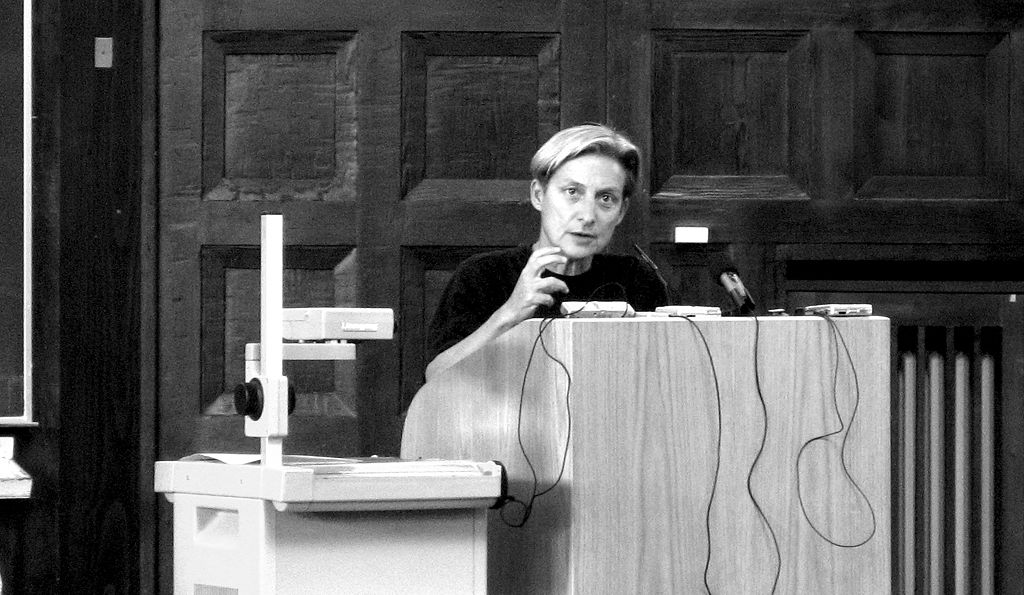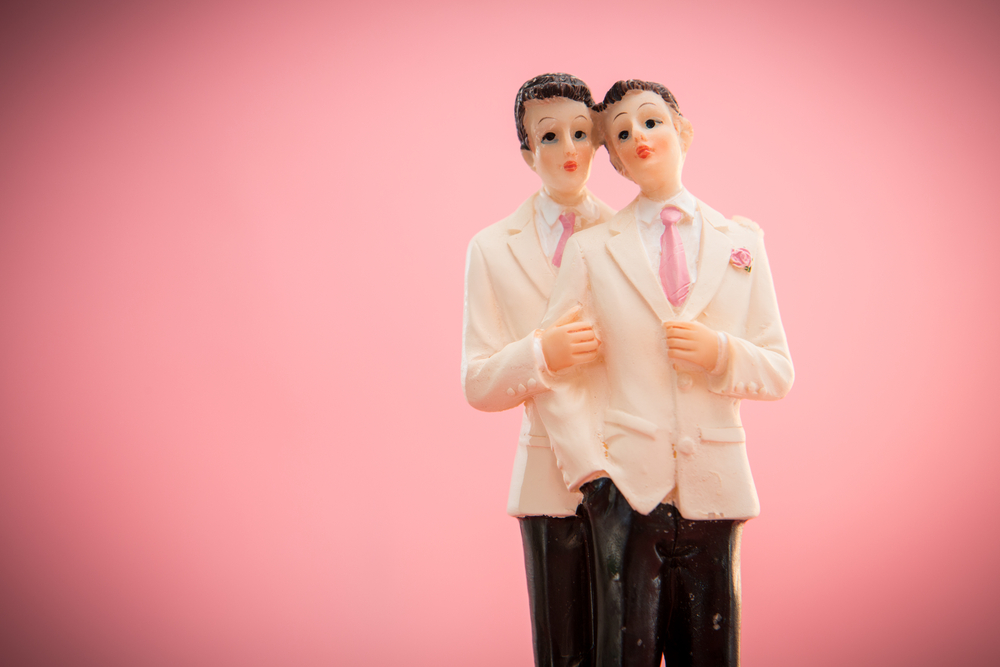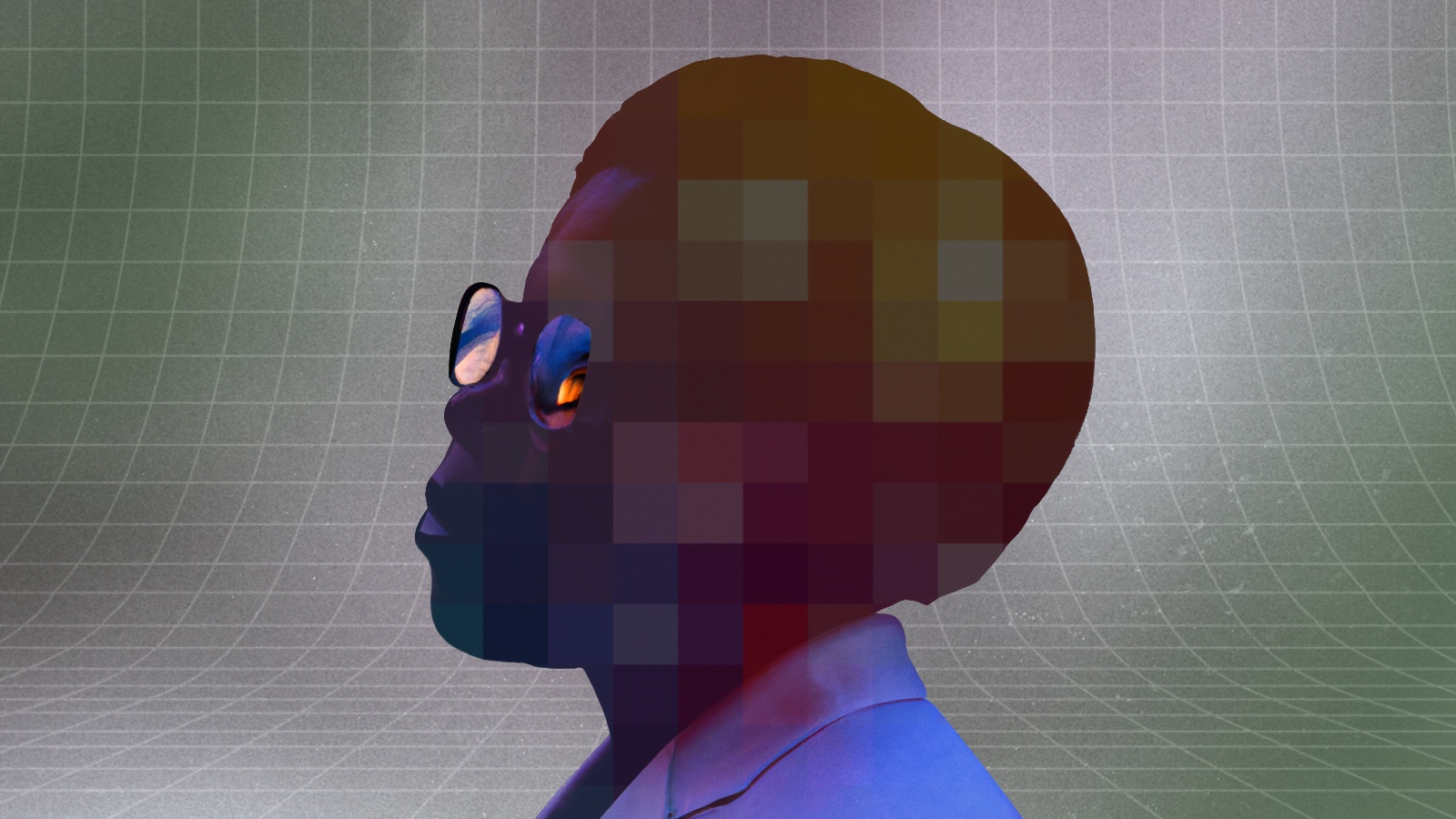Berkeley philosopher Judith Butler’s theory of gender for the 21st century

- Recent public conversations reveal that thoughts about gender identity are complex and far-ranging.
- Judith Butler’s theory suggests that gender is a socially constructed reality that is fluid and evolving.
- They want people to view gender not as fixed but with a growth mindset aimed at learning and understanding.
Gender is traditionally viewed as a binary choice between men and women. But there are also signs that this division may be more of a spectrum. Many cultural myths have celebrated non-binary characters. Some societies recognize social roles that might be labeled as a third gender. And modern science has found that the biology of sex is far more nuanced than simply determining if a person’s 23rd chromosomal pair is XX or XY.
More recent public conversations on gender identity and trans rights have revealed complex, far-ranging views. Central to these conversations, in one form or another, is Judith Butler’s theory of gender.
Who is Judith Butler?
Butler, whose pronouns are they/them/their, is a post-structuralist philosopher and gender studies writer. Their work has been foundational to third-wave feminism and queer theory, but their writing also includes literary theory, feminist studies, and philosophical fiction.
They came of age during the 1960s and note that the social movements of that era greatly influenced them. Their predecessors include Gayle Rubin, Juliet Mitchel, and Simone de Beauvoir. In particular, de Beauvoir’s work The Second Sex (1953) was the first work of feminist philosophy to distinguish between biological sex and socially imposed gender.
Among their most celebrated works are Gender Trouble (1990) and Bodies That Matter (1993). These books challenged conventional gender norms and notions. Each had a massive impact on scholarship and even broke out of academia to become widely read among a lay audience.
Butler has received a Guggenheim fellowship, Yale’s Brudner Prize, and a Rockefeller fellowship among other awards for their work. They currently serve as the Maxine Elliot Professor in the Department of Comparative Literature and the Program of Critical Theory at the University of California-Berkeley.
What is their view on gender?
A central aspect of Butler’s theory of gender is that it is performative. That is, it is a “socially formed reality” that people create through their actions and words. The way people speak, the clothes they wear, the body language they employ, the way they behave, and so on all construct gender as people repeat these actions. While many people accept and enact the dominant conventions of gender present in their cultures, others subvert them.
There are two important distinctions to make. First, this process isn’t always chosen freely. It can be coerced through social and familial pressures. Second, Butler doesn’t view gender as a natural reality. It only feels that way through constant repetition. Gender only exists to the extent that it is performed, meaning it is both fluid and capable of evolving beyond history and tradition.
For some people, this may be a very destabilizing worldview. For others, it can be self-affirming. As Butler told us in an interview:
“Now, what if we were to say that in enacting our lives as a particular gender, we are actually realizing that gender anew, we are making something real happen? When gay and lesbian people started coming out or when trans people started living openly, something changed in the world. By appearing, speaking, and acting in certain ways, reality changed. And it has changed.”
What is the difference between sex and gender?
Butler distinguishes between sex and gender along the following lines:
- Gender is how we feel ourselves to be and live as “bodies in the world” in relationship to masculine, feminine, and other various qualities.
- Sex is the classification assigned at birth based on observable characteristics.
Importantly, Butler recognizes that there is a range of biological differences — not only male and female but also intersex. However, they argue those differences have no bearing on identity. In fact, sex assumes the social character of gender within a given culture, meaning gender effectively cancels it out. As Butler writes in Bodies that Matter:
“If gender consists of the social meanings that sex assumes, then sex does not accrue social meanings as additive properties, but, rather, is replaced by the social meanings it takes on; sex is relinquished in the course of that assumption, and gender emerges, not as a term in a continued relationship of opposition to sex, but as the term which absorbs and displaces ‘sex.’”

Why is it important?
Everyone has assumptions about gender and lives within that understanding. When those assumptions and lived experiences are brought into question — whether by cultural changes or encountering someone who doesn’t conform to those assumptions — it can be unbalancing. For people with a fixed mindset, it can be downright frightening. “The idea that we can change reality, transform reality to be more open, inclusive, just is an assault on their sense of order,” Butler explains.
One of Butler’s goals is to help people embrace growth mindsets around how we perceive what gender is and might be. They want us to ask questions, listen to people’s narratives, and be willing to understand. Will there be mistakes? Will we trip over our proverbial shoelaces? Absolutely. But they believe that is part of the process of learning and growing.

So, what is a man or woman then?
As Butler points out, the categories of man and woman meant something very different a century ago — to say nothing of the distant past and across cultures. It also will likely mean something different a century from now. Given this, Butler prefers to leave such questions open-ended.
“It would be a mistake to come up with a single definition of what a woman is. It would be parochial. It would be coming from a very specific perspective. It would be freezing a time and place into a definition and then imposing it on the rest of the world,” Butler said.
Rather than litigating the boundaries of gender categories, Butler’s project is to help create a social climate that is welcoming, safe, and supportive of all people. They add:
“There are many different theories of gender, and mine is just one… At this point, I’m less concerned about whose theory is right and whose theory is wrong because the assault on gender is also an assault on democracy. We have the power and the freedom to make more livable lives for ourselves, where bodies can be more free to breathe, to move, to love without discrimination and without fear of violence.”
Learn more on Big Think+
With a diverse library of lessons from the world’s biggest thinkers, Big Think+ helps businesses get smarter, faster. To access Judith Butler’s full class for your organization, request a demo.





